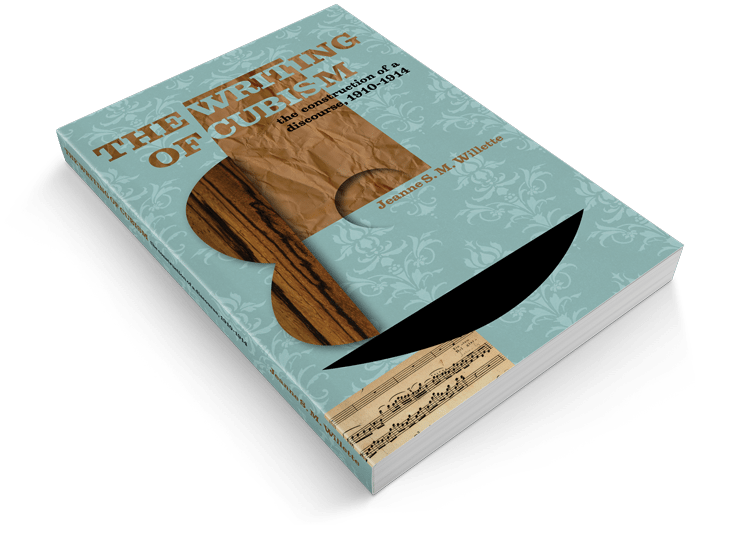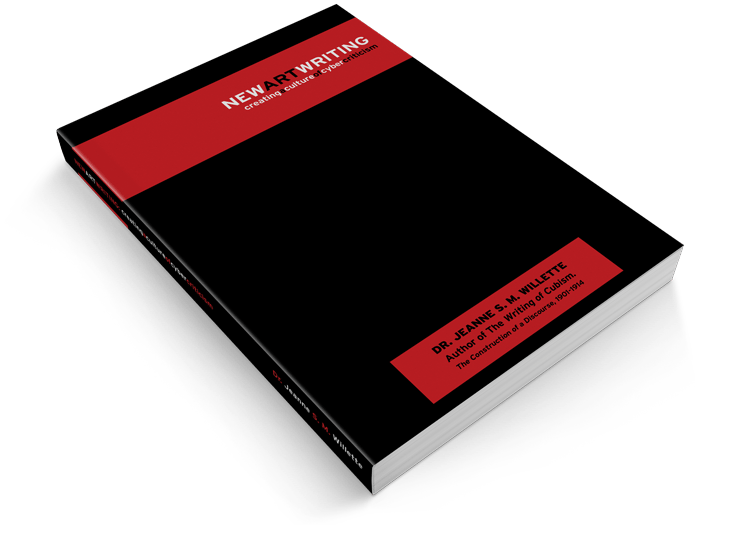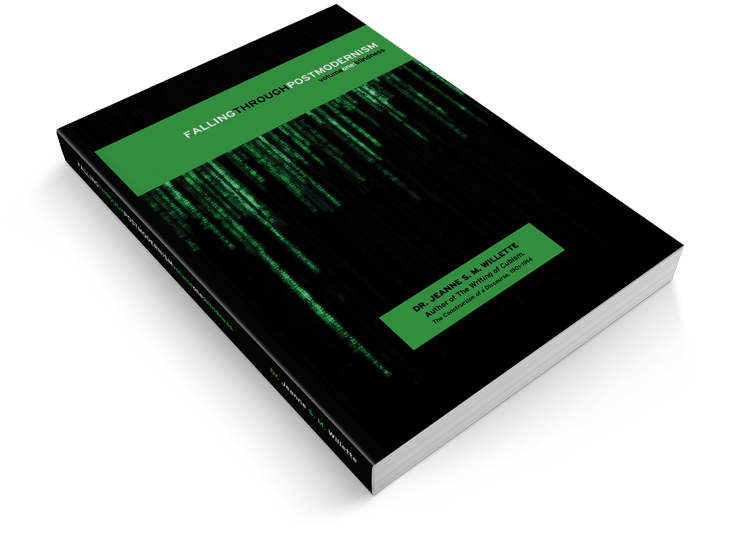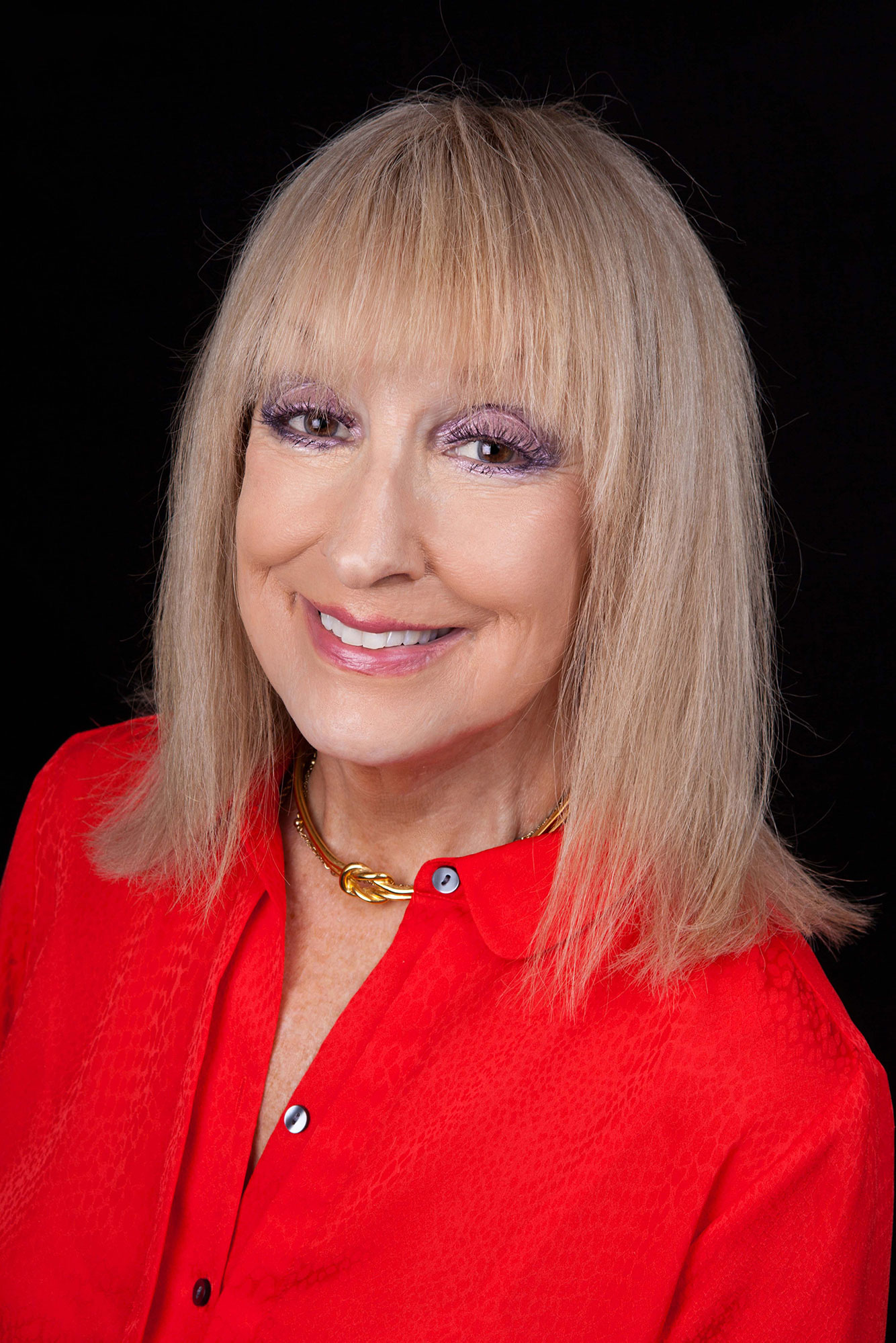Dr. Jeanne S. M. Willette – 3/12/19
Dr. Jeanne Willette unfortunately passed away in early 2019. She supported thousands of students in their exploration of art history during her career and was a valued colleague. This site, Art History Unstuffed, was one of her major contributions to those studying this field. Without Dr. Willette this site is not being updated with new content. While her web master, with support from her two sons, continues to maintain the site for the time being, a new generation of Art Historians is needed to carry the site into the future. If you are interested in participating or have other suggestions for this site, please click here to leave a note.
On line. At your convenience. In your own time. On your own terms.
For too long art history has been held hostage by scholars speaking to scholars and not to people. The purpose of this site is to educate and to inform and to do so with respect to the intelligence of the readers. Designed as a site for serious students of art history in need of solid substantive material, Art History Unstuffed is written for Twenty-First-century learners who prefer reading “text-bytes” and “sound-bytes” of targeted information.
Written by Dr. Jeanne S. M. Willette, a published scholar who has researched and consolidated both well-respected classical sources and vetted the latest research, this site creates a middle ground between arcane scholarly jargon and informed discourse and presents a detailed account of Modern, Postmodern, Philosophy and Theory that is accessible to all readers interested in the history of the modern and contemporary periods.
Enjoy and Learn
This site is responsive to computers, cell phones and tablets and will resize for your reading convenience.
Art History Unstuffed is listed on the ACI Scholarly Blog Index.
For Students
For Teachers
For Artists
For Museums
Episode 58: New Deal Art, Part Two
NEW DEAL ART AND ARTISTS
In the decades before local community museums were common, New Deal art was, for many communities, the only access to art. Although often disparaged as being too “folksy,” New Deal murals were only one part of an extensive government program which not only supported artists but also professionalized these groups. This podcast makes the case that New Deal art was the part of a process of “readiness” of American artists to challenge the hegemony of European Modernist art.
Episode 56: Nazi Art, Part Four
WHY DID THE ARTISTS “SELL OUT?”
Long sequestered and rarely viewed, recent art historical writings have begun to examine the art of Fascism. This series of podcasts, in four parts, attempts to answer a series of questions: what were the goals of Nazi art, who were the Nazi artists – the painters and sculptors – and what was the impact of Nazi art? This podcast discusses the ways in which artists were co-opted by the Nazis, the reasons why artists collaborated with fascism, and the rewards of working for Hitler. This concluding episode asks if it is possible to make “art” if the works were dedicated to the goals of pure evil?
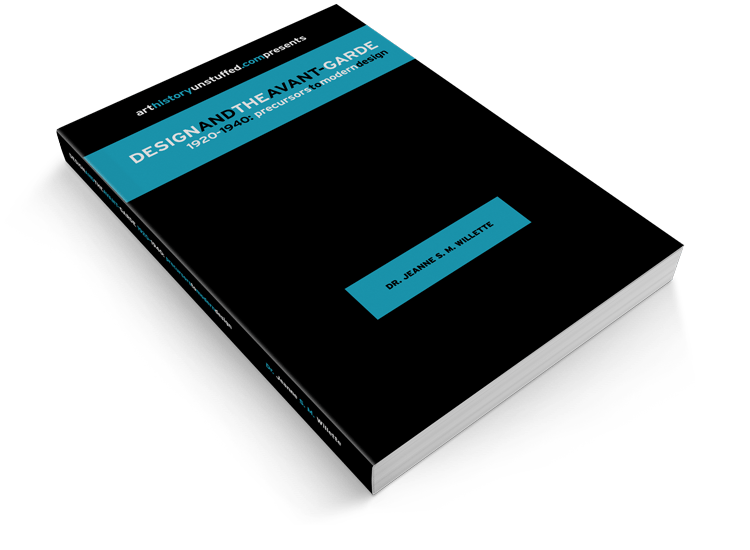
Dr. Willette is currently completing an entirely new kind of book on design, a book that is multi-modal. Offering multiple modes of output, this book offers the readers several ways of receiving information, slide shows, podcasts, texts and images. The interactive book, Design and the Avant-Garde, 1920-1940, will be divided into several volumes. Volume One will focus on the interconnections between art and design at the fine-de-siècle period, leading up to the creation of “modern” design.
